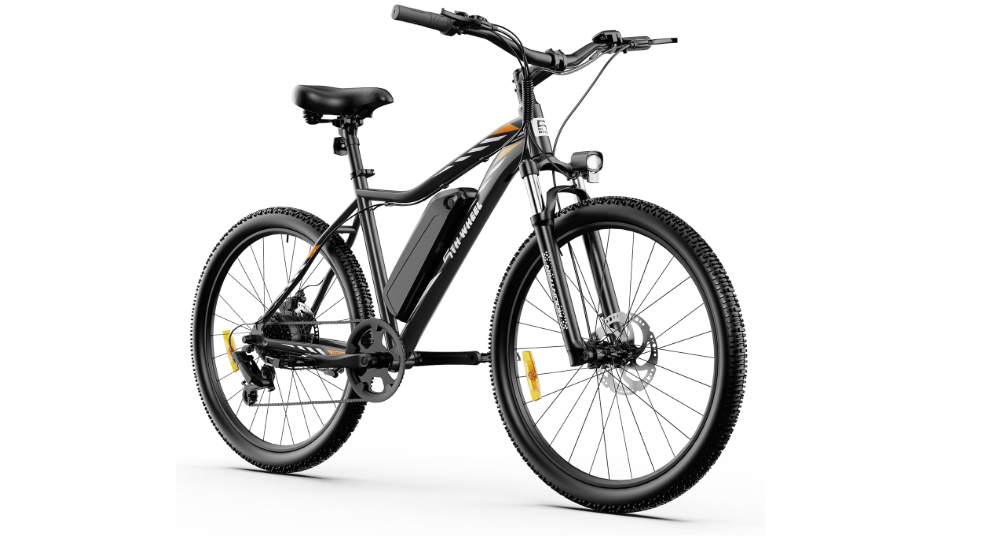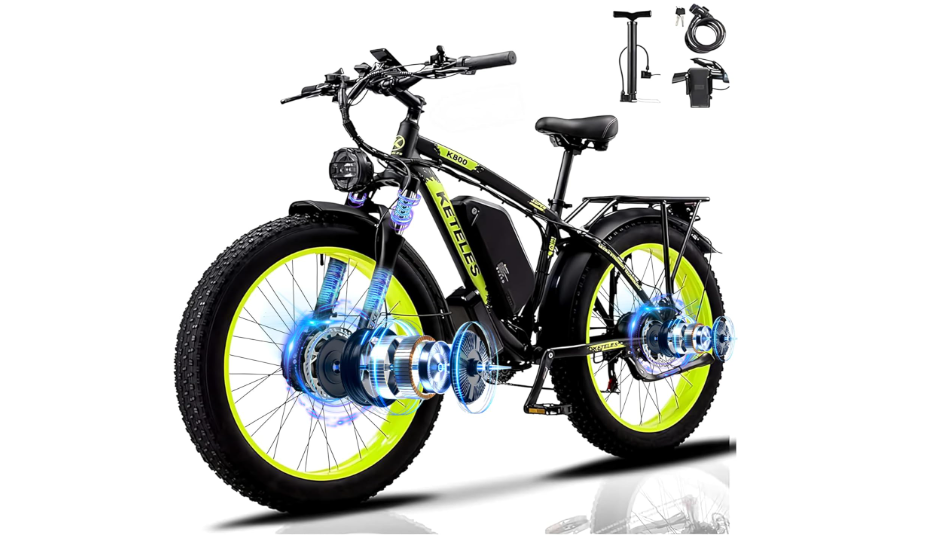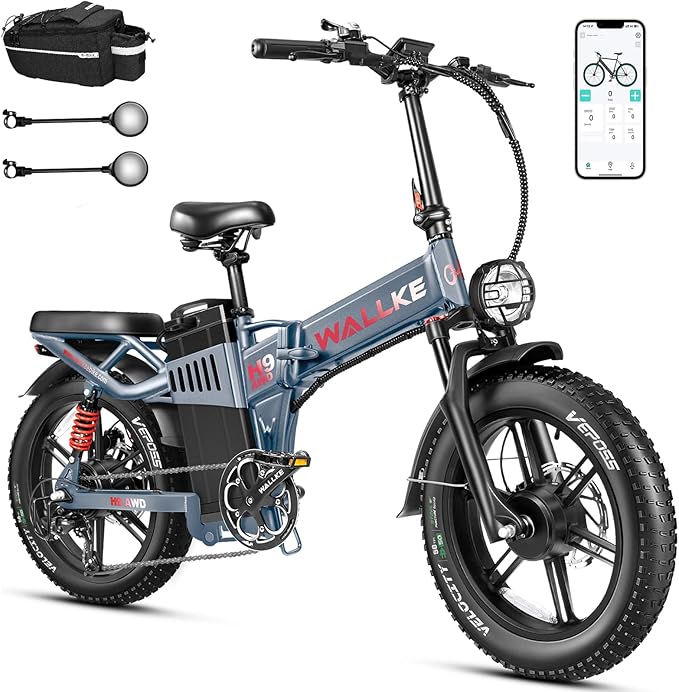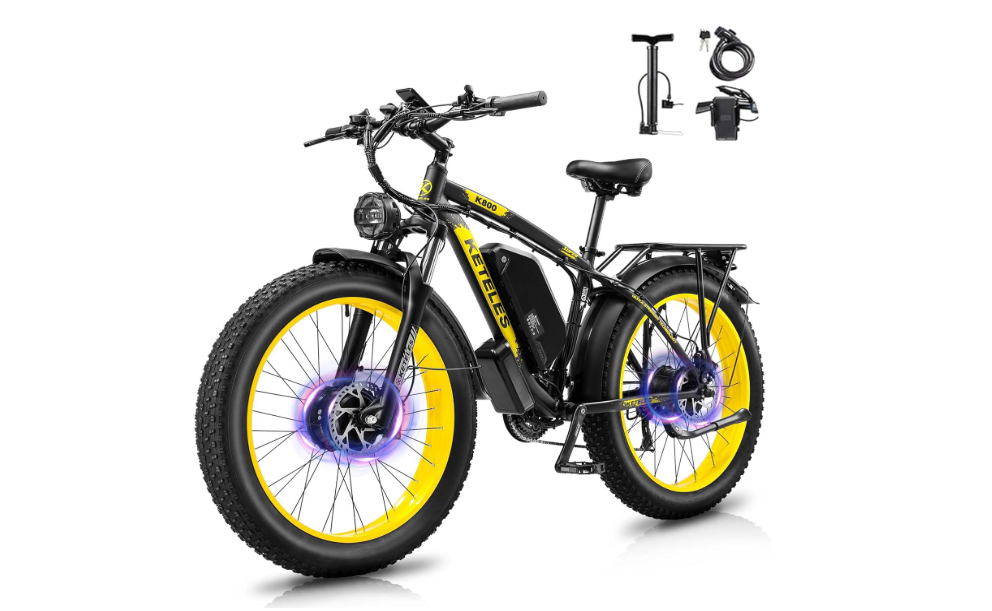Electric bicycles have become a popular choice for urban commuting in India, offering an eco-friendly, cost-effective alternative to petrol bikes and public transport.
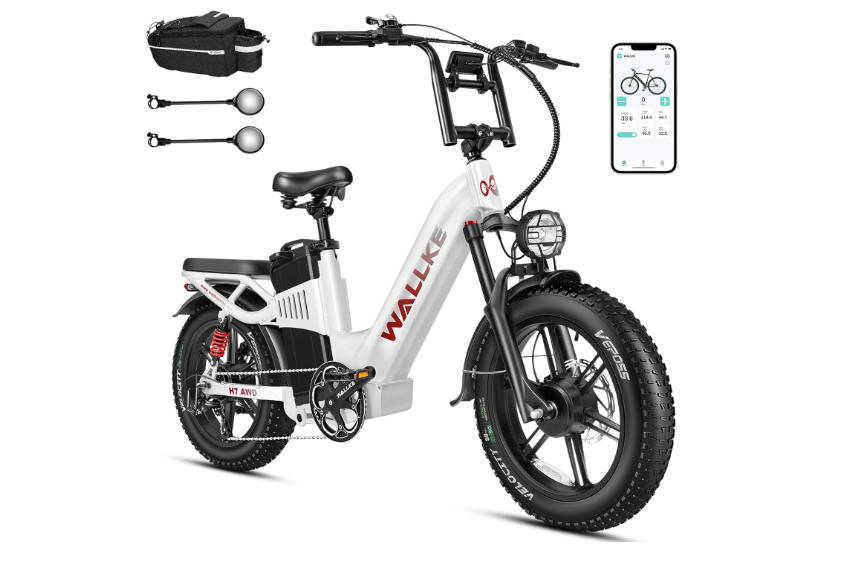
In 2025, with the rapid growth of the e-bike market, riders are increasingly looking for ways to maximize the lifespan and performance of their electric bicycles.
The heart of every e-bike is its battery, but optimal performance also depends on mechanical components, motor health, and overall maintenance. Regular care ensures longer battery life, safer rides, consistent performance, and lower long-term costs.
In this guide, we explore practical maintenance tips to help Indian e-bike owners get the most out of their investment.
Battery Maintenance: Charging and Storage
The battery is the most critical component of an electric bike. Proper charging and storage are key to extending its lifespan. Lithium-ion batteries, common in 2025 e-bikes, typically last 3–5 years with good care, but poor charging habits can reduce this significantly.
Charging Practices
- Avoid Deep Discharge – Ideally, keep the battery charge between 20% and 80% for daily commuting. Fully discharging frequently can reduce the number of effective charge cycles.
- Use the OEM Charger – Always use the charger supplied by the manufacturer. Third-party chargers can deliver incorrect voltage, causing overheating or capacity loss.
- Avoid Overcharging – Do not leave the battery plugged in for extended periods after it reaches 100%. Overcharging generates heat, which slowly degrades the battery.
- Charge at Moderate Temperatures – Extreme heat or cold can damage lithium-ion cells. Charge in a cool, dry place (20–25°C).
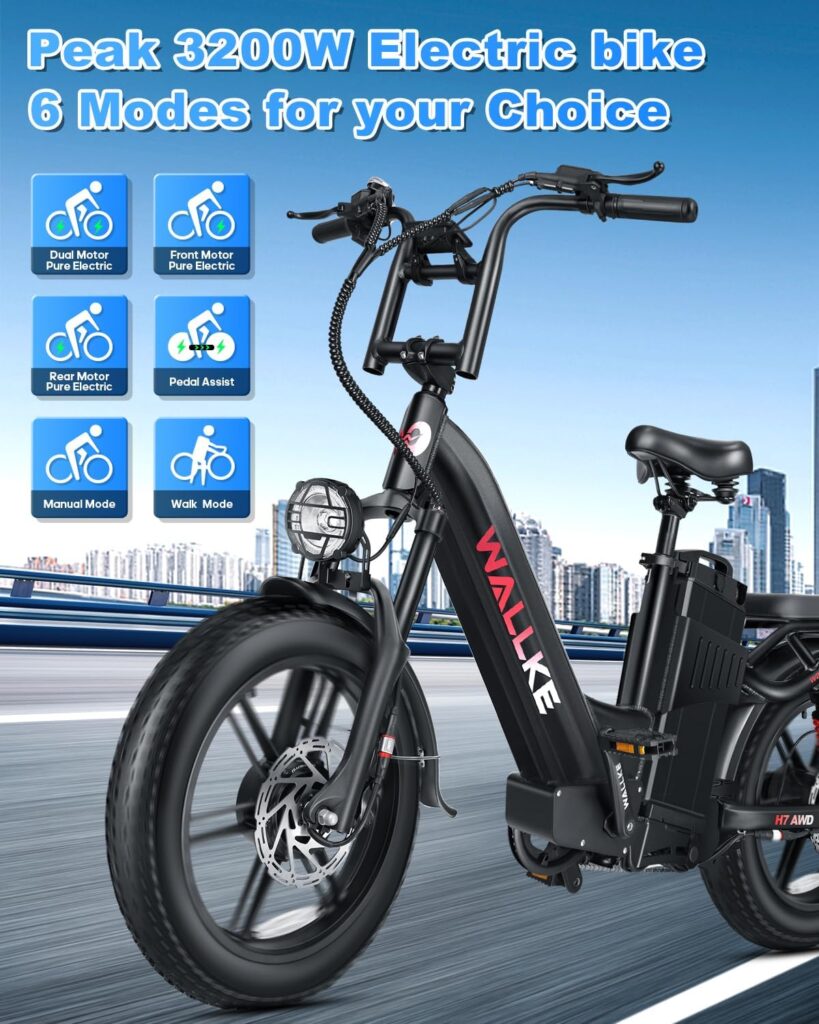
Storage Tips
- Store batteries separately in a safe, dry environment if the bike will not be used for weeks.
- Charge the battery to around 50–70% before storing long-term.
- Avoid placing batteries near direct sunlight, heaters, or damp areas.
By following these tips, riders can prolong battery life by 6–12 months and maintain consistent performance.
Mechanical Maintenance: Tyres, Brakes, Chain, and Suspension
E-bike performance also relies on mechanical components, which require regular attention.
Tyres: Check tyre pressure weekly. Properly inflated tyres reduce rolling resistance, improve range, and prevent premature wear. Inspect for punctures or cracks, and replace worn tyres promptly.
Brakes: Whether disc or V-brake, check for wear on brake pads and responsiveness. Clean and lubricate brake mechanisms to avoid squealing and ensure effective stopping.
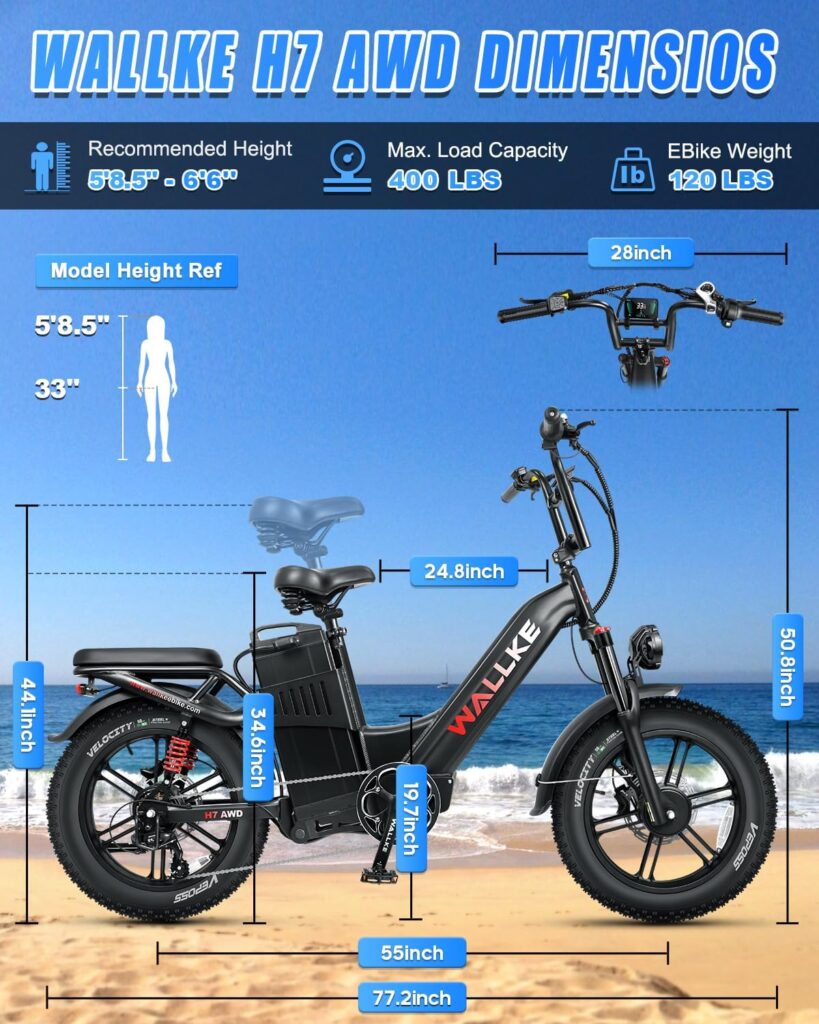
Chain and Pedals: Clean and lubricate the chain regularly. A well-lubricated chain improves pedaling efficiency and reduces motor strain. Check pedals and cranks for secure attachment.
Suspension: For e-bikes with front or dual suspension, inspect the forks for smooth operation. Lubricate pivot points and check for leaks to maintain comfort and safety.
Proper mechanical maintenance ensures smoother rides, reduces strain on the motor and battery, and improves overall energy efficiency.
Electrical System Care: Motor, Wiring, and BMS
The electrical system of an e-bike, including the motor, wiring, and battery management system (BMS), requires careful handling.
Motor Maintenance: Avoid water ingress into the hub or mid-drive motor. Clean the motor housing with a dry or slightly damp cloth and avoid using high-pressure water jets. Check for unusual noises that may indicate bearing issues.
Wiring and Connections: Inspect wires for fraying or loose connections. Ensure plugs and connectors are clean and dry. Secure loose wires to prevent wear during rides.
Battery Management System (BMS): The BMS protects against overcharging, overcurrent, and temperature issues. Avoid tampering with it, as modifications can void warranties and damage battery health.
Proper electrical system care prevents unexpected failures and keeps your e-bike running efficiently.
Seasonal Maintenance Tips
Weather and seasonal changes impact e-bike performance.
Monsoon Care: Moisture can damage electronics and corrode components. Keep the battery indoors, dry the frame and chain after rides in rain, and consider waterproof covers.
Summer Care: High temperatures accelerate battery degradation. Park in shaded areas and avoid charging in direct sunlight.
Winter Care: Cold reduces battery efficiency temporarily. Store batteries indoors and charge at room temperature before use.
Seasonal adjustments ensure consistent performance and reduce long-term wear.
Common Mistakes to Avoid
- Overloading the E-Bike: Exceeding the recommended weight capacity strains the motor and reduces battery range.
- Using Non-OEM Batteries or Chargers: Cheap alternatives may cause overheating, short circuits, or capacity loss.
- Neglecting Tyres and Brakes: Low pressure or worn brakes reduce efficiency and safety.
- Ignoring Regular Cleaning: Dirt and grime increase wear on mechanical and electrical components.
- Frequent Full Discharges or Overcharging: Damages lithium-ion cells and shortens lifespan.
Avoiding these mistakes ensures safer riding and longer-lasting components.
Buying Considerations for Longevity
When purchasing a new e-bike, consider factors that reduce future maintenance issues:
- Battery Quality: Choose brands with reputable lithium-ion batteries and good warranty support.
- Removable Battery: Easier charging indoors and safer storage.
- Service Network: Brands with accessible service centers simplify maintenance and replacement.
- Durable Frame: Lightweight yet strong frames reduce wear and improve longevity.
- Warranty: Look for at least 2–3 years of battery and motor warranty.
Investing slightly more upfront in quality components reduces long-term maintenance costs and improves performance.
FAQs
1. How often should I charge my e-bike battery?
Ideally after every ride, or when battery drops to 20–30%. Avoid letting it completely discharge.
2. How long does an e-bike battery last?
Lithium-ion batteries typically last 3–5 years, depending on usage and charging habits.
3. Can improper maintenance damage the motor?
Yes. Overloading, water ingress, and neglecting chain tension or wiring can strain the motor.
4. How can I improve my e-bike’s range?
Maintain tyre pressure, reduce excess load, use pedal-assist mode, and keep the battery well-charged.
5. What is the cost of replacing an e-bike battery in India?
Standard lithium-ion batteries cost between ₹7,000–₹15,000, depending on model and capacity. Premium or imported batteries may cost more.
Conclusion
Proper maintenance is essential for maximizing battery life and e-bike performance in 2025. By focusing on battery care, mechanical upkeep, and electrical system checks, riders can enjoy safer, smoother, and longer-lasting rides.

